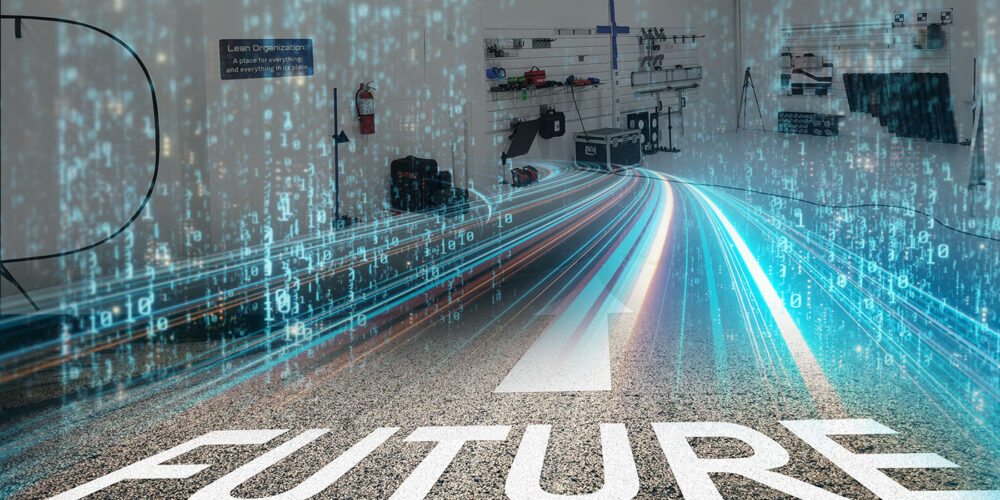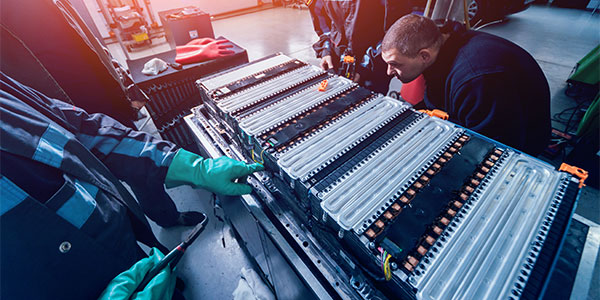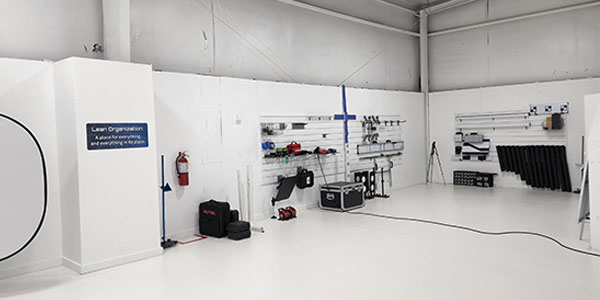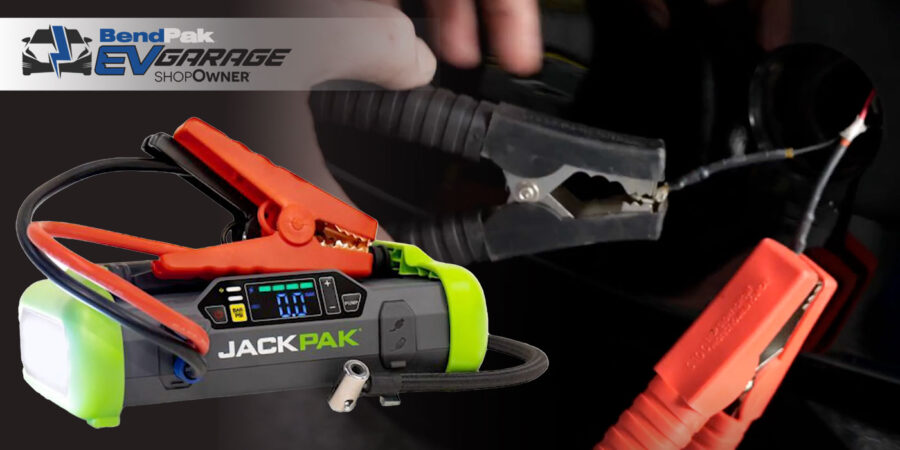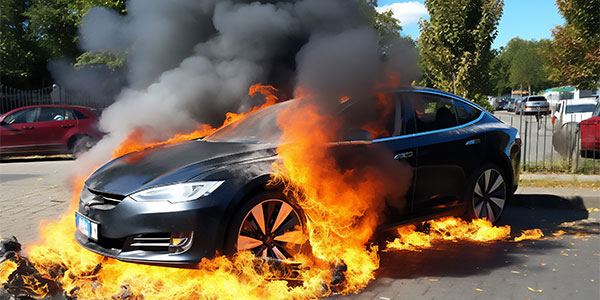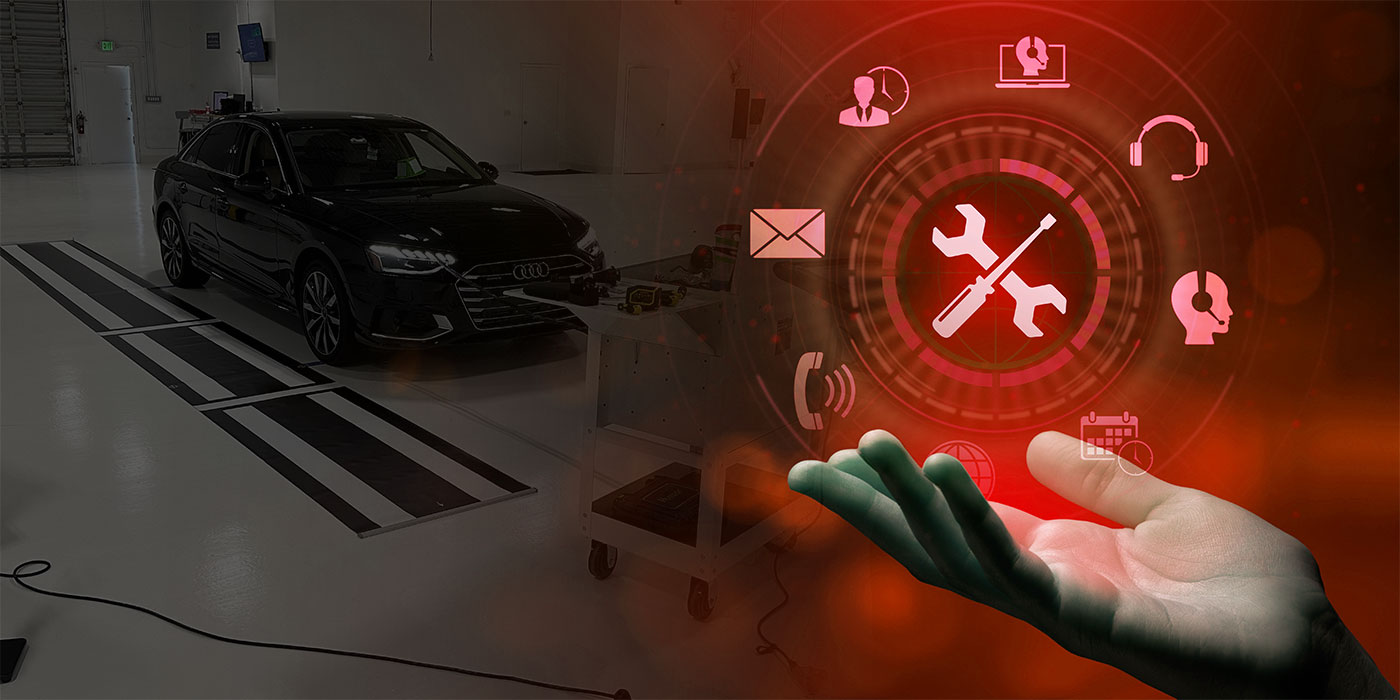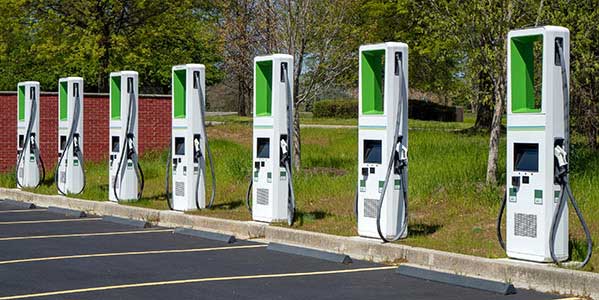Automotive repair in today’s world requires a different mindset than it did in the past. Shops caught in the mindset of, “We’ve always done it this way”, may be dealing with the stress of issues that could have been prevented. It’s one thing to take care of a customer when something goes wrong such as a quality issue or delivering a vehicle on time, but it’s an entirely different train of thought that addresses why this happened and how to prevent it from happening again.
Planning and preparation for even the simplest of repairs can save a great deal of frustration and money. But when a shop is overloaded or production is stressed, technicians or management will many times forgo all this planning — and that’s when the problems start.
With vehicles evolving at a pace that many find difficult to fathom, what is your plan for all the new electronics or servicing battery-electric vehicles (BEVs)? If you haven’t thought about it, maybe you should … because the future is already at your door.
High Frustration
From my talks with shops and technicians, I’ve seen that frustration levels can get high in today’s repair industry. We have an aging workforce and a tremendous amount of new technology coming to repair shops every day. Keeping up with necessary processes and procedures is becoming more and more difficult for everyone. Being prepared with a plan will keep your shop moving in production and minimize stress on your staff.
The first step is to analyze what kind of vehicles you work on. I know the answer is, “We do them all”, but look for trends as far as the most common vehicles you service. Take a real look at what you work on and who your clientele is. An example of why this is so important is the increase in vehicle electronics: Will you need to purchase OE software to scan, diagnose, program, initialize and calibrate these vehicles? Is your aftermarket scan tool capable of keeping up with new vehicles? How much did you spend to sublet out for services you cannot provide? Are you set up to work with BEVs? Do you have tables to handle battery packs? What about storing batteries? Have you begun training your team on safety and storage procedures? When you set up your shop, you want to have the right equipment for the vehicles you service most frequently and a plan for those you do not because this will save your business valuable resources in space, time, money and training. This will also give you a plan as to how much time it will actually take to repair the vehicle and where certain processes will need to be done to meet the delivery promise.
Company Y
Let’s talk through the process of planning and preparation without using a specific manufacturer. The reason is if I do mention a vehicle manufacturer, I’ll get people saying, “Well, you forgot this or that.” And the critics would be right, as I am not trying to be so technical that people lose sight of the subject.
I’m also going to assume that the shop is set up for what it needs for most repairs such as welders, frame equipment and other mechanical and body repair equipment. You spent the time laying out your shop for the most efficient flow of vehicles through the repair process. You also have all your planning and preparation ready for the paint department to move vehicles through and produce outstanding quality paint results. All this planning and preparation has paid off and set you up for success. Now, let’s look into the future.
A shop has determined that they work on Manufacturer Y 21% of their production. Research on Manufacturer Y shows that electronics and new features are coming to vehicles. What will you need to repair these vehicles? The first thing to think of is, I will need to complete a scan of the vehicle before any work is started. Does my scan tool access all the modules on the vehicle? If it’s a brand-new vehicle, will the scan tool recognize the VIN? This sets the stage for what type of scan tool and/or software you’ll need to work with Manufacturer Y. Are you a Manufacturer Y-approved or certified shop? What are the requirements of that certification? Do you need to have the OE software for all services such as programming, initializations, scans and calibration? Unlike calibrations, completing programming and many other diagnostic procedures may not have many requirements other than proper voltage being maintained during the process and a proper internet connection.
With calibrations, it’s a whole different story. What are the space requirements needed? Keep in mind that, as surround view cameras become more common, proper space around a vehicle to lay target mats will be a necessity. Does the floor need to be level? To what degree? Can lighting, equipment that may affect radars or other considerations be a factor on where you’ll be doing specific procedures? Even aiming headlights on new vehicles that have moving lights has specific requirements by vehicle manufacturer on where this can be done. To be honest, because of the requirements of a level surface and no sun glare, most parking lots do not meet the specifications. Please remember that you can have a vehicle tell you the calibration was successful but be wrong if the setup was not followed correctly.
So, it’s clear that figuring out where you’ll be doing these operations is something to plan for. These features and procedures to validate the correct operation of all safety systems are not going away; in fact, they’re only going to increase in the future, impacting your service and bottom line. Preparing your shop to complete these repairs is the next step. Is there space in the shop? Can you make some? Will you need to alter the building to meet the specifications needed? Could you validate or prepare your parking lot to meet the specifications? Whether you’re performing these services yourself or subletting them, the requirements or specifications do not change. If you don’t have the space to spread out AVM mats for a Ford pickup, you’ll have to plan for where that will be done. Many repairers have set up space in the middle of the shop or in high-traffic areas, but that could be a little frustrating as some of these calibrations or processes take time and will be need to be done more frequently as more vehicles add safety features, locking up a big portion of your shop and productivity.
Keep in mind that these procedures do create revenue, so it’s not a waste to make some space in your shop for them. As the processes become more mainstream, it will become a constant supply of revenue. Whether you provide the service in-house or sublet, planning where and when it can be done is a good practice to keep productivity moving and delivering the vehicle as promised. Researching how a calibration is completed is a step not to be skipped. An example is a blind spot module calibration may require the module to be aimed with a digital angle finder before installing a bumper cover. Or, the calibration may require that the bumper cover be taken off to complete. Not taking the time to research the process in order to complete it correctly can waste time and test everyone’s patience.
BEVs
We know that almost all manufacturers are adding BEVs and other alternative fuel vehicles to their fleets. What is your plan for servicing them? Do you have a jack to remove a battery pack? Do you have a table to store batteries on? Is your shop equipped with a hoist (or hoists for large-volume shops)? This does not include specialty equipment such as safety gear and equipment to service BEVs. This too will depend on which models you’ll be servicing at your shop. We all wish the procedures would be the same for each manufacturer but, unfortunately, you’ll need to research what you’ll need. The fact is that many new features and what it will take to service the new vehicles are going to compete with the production space you currently have. This is a difficult concept for many to grasp as space is obviously a commodity that most shops have little of. Now, we need to level the space or find more of it. This is a dilemma that needs to be planned and prepared for. I’ve seen some creative ideas in shops for finding space. Between lofts and organized storage concepts of parts and equipment, shops are finding their way through the challenges. It will take the entire shop thinking outside the box to get buy-in and take ownership of why changes are needed — but this team concept approach will bring all of your people up to speed and get them excited for the future.
The One-Offs
Everything we’ve discussed so far relates to vehicle manufacturers you know you’ll be servicing. But what about those manufacturers that are showing up at your door less frequently or the one-offs? What is your plan for them? That really is the point. What is your plan? Do all of your people know the plan for all these variables? Communication is important to all of this working. One factor to really stress, though, is doing your homework and preparing for all the variables. So many just wing it when it all occurs, but that type of disorganization takes a toll on a shop. Do not take for granted that the challenges will just work their way out when they occur.
To help with this research, it’s possible to tie in training for technicians and staff to learn more about all the new features and processes that must be followed. By combining as much as possible, a shop will be better informed as well as better prepared for the new vehicles coming in. It’s much better to work as a team for solutions than trying to do it as one person. Take advantage of your shop personnel’s skills and observations; you’ll be surprised at how much this will build trust and teamwork to solve other challenges you’re sure to encounter. There truly is a lot to learn, and being proactive by working with your team and/or your vendors on what will need to be done and expectations to get the job done will be in your best interests as well your customer’s.
Summary
Planning for the next hour, next day, next week or next year is necessary to any shop’s success. But no planning is perfect; be prepared for when things do not go according to plan. Know who will be the lead in resolving issues. Make sure your shop is prepared with the equipment and training necessary for the vehicles it will be working on. This level of organization will work to reduce the stress and push we all feel to get the job done.
No task is too big or too small not to have a plan and be prepared. Think about what you’re going to do for what is on its way to your shop right now.

